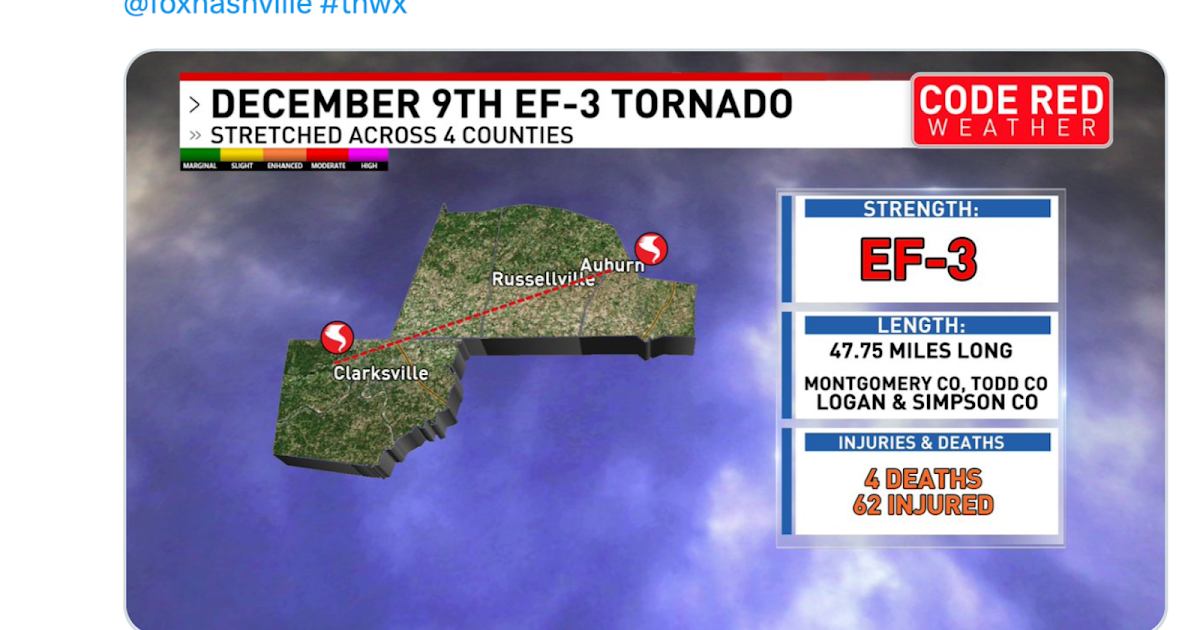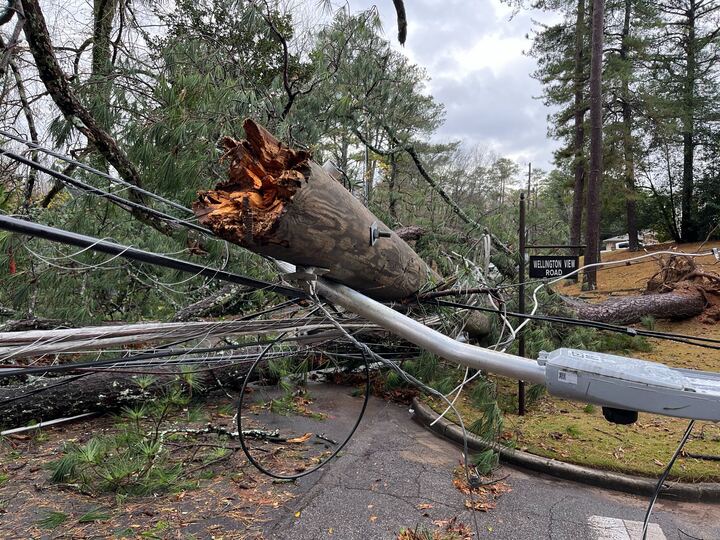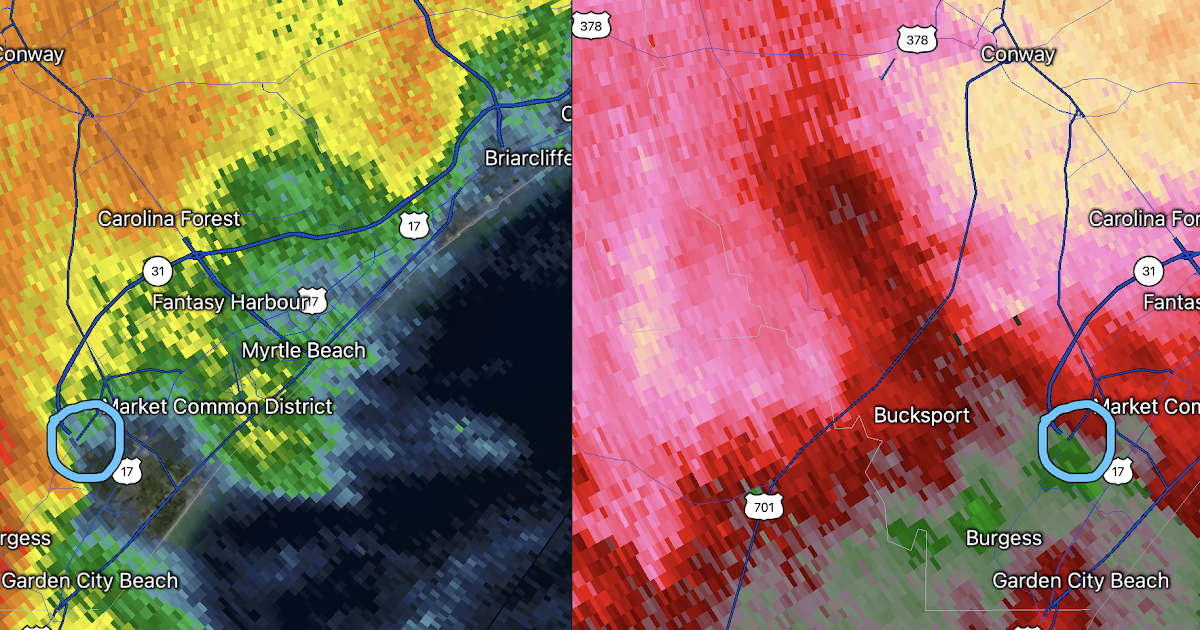Mike Smith
EF5
I wish I didn't feel I have to post these but here it is: www.mikesmithenterprisesblog.com/2023/12/it-happened-again-strong-tornado-on.html The first tornado of yesterday's Tennessee Outbreak had a negative warning lead-time of 14 minutes! Please keep in mind the NWS's published goal is +13 minutes, which the agency routinely attained from 2000 to 2011. They haven't performed at that level since fiscal 2012!
Because this group is more knowledgable than the general public, I wish to solicit (hopefully) knowledgable comments as to what has gone wrong?
I had another retired NWS meteorologist contact me last week (the third) and tell me the issue is training. I'm certain that is part of it. However, I wonder if it is more than that; perhaps the loss of experience and expertise from my generation of meteorologists retiring. I certainly feel I benefited from having to learn:
What else do you believe may be contributing?
Thank you.
Because this group is more knowledgable than the general public, I wish to solicit (hopefully) knowledgable comments as to what has gone wrong?
I had another retired NWS meteorologist contact me last week (the third) and tell me the issue is training. I'm certain that is part of it. However, I wonder if it is more than that; perhaps the loss of experience and expertise from my generation of meteorologists retiring. I certainly feel I benefited from having to learn:
- Black and white radar.
- Color radar.
- Color radar with time-lapse.
- Doppler radar.
- Doppler radar with dual-polarization
What else do you believe may be contributing?
Thank you.



